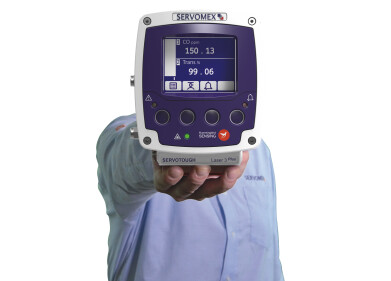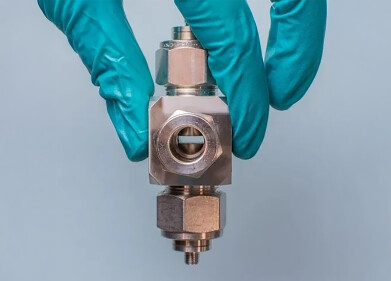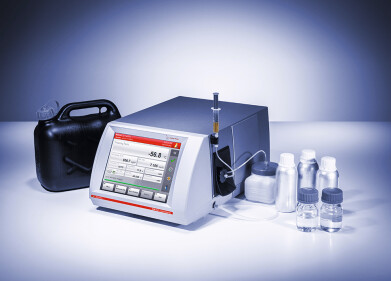Analytical Instrumentation
What is Vacuum Ultraviolet (VUV) Spectroscopy?
Nov 29 2021
Most of you will know that we put on sun-cream to protect us against ultraviolet light. Some of you may know that UV rays are invisible to the human eye. Maybe, a few of you know the classical wavelength-range of ultraviolet light (between 10 and 400 nanometres). But not very many readers will know that there is a whole spectrum of light below this region, a spectrum known as vacuum ultraviolet light, or VUV.
What is vacuum ultraviolet light?
Put simply, it’s ultraviolet light that requires a vacuum in order to travel freely.
The VUV spectrum covers all of the wavelengths between 120 and 240 nanometres. Most atmospheric gases fully absorb these wavelengths of light, but a select few, at particular wavelengths, let these rays pass right through.
In general, vacuum ultraviolet light is generated artificially. There are pretty much only two ways you can go about doing that. Firstly, by non-linear four-wave mixing in gases by sum. Secondly, by difference-frequency mixing of at least two lasers with longer wavelengths.
Why is it a useful spectroscopic method?
Well, as we’ve already discussed, the VUV spectrum is absorbed by almost everything. When it comes to spectroscopy, then, it’s basically a universal detector.
And as a single hardware configuration, it’s one of the simplest methods on the market – and with no loss of sensitivity. A VUV spectroscope will give you a set of data which is at least as rich as those provided by more complex systems running more traditional chromatographic procedures, like detailed hydrocarbon analysis (DHA) or fluorescent indicator adsorption (FIA).
When it comes to the petrochemical industry, then, vacuum ultraviolet spectroscopy is likely to be an appealing choice for many. For an example of the system’s applications, consider the fact that it is capable of performing quantitative analyses of PIONA compounds and speciating conjugated dienes in gasoline samples, as well as measure aromatic, diaromatics and saturates in jet fuel samples.
If you’d like a deep-dive into the use of VUV spectroscopy in the analysis of jet fuel and gasoline, read our guest article on GC-VUV Detection.
Digital Edition
PIN 25.5 Oct/Nov 2024
November 2024
Analytical Instrumentation - Picturing Viscosity – How Can a Viscometer or a Rheometer Benefit You? - Sustainable Grease Formulations: Evaluating Key Performance Parameters and Testing Method...
View all digital editions
Events
Nov 27 2024 Istanbul, Turkey
Biogas Convention & Trade Fair 2024
Nov 27 2024 Hanover, Germany
Dec 03 2024 Dusseldorf, Germany
Dec 08 2024 Anaheim, CA, USA
Turkey & Black Sea Oil and Gas
Dec 11 2024 Istanbul, Turkey



















